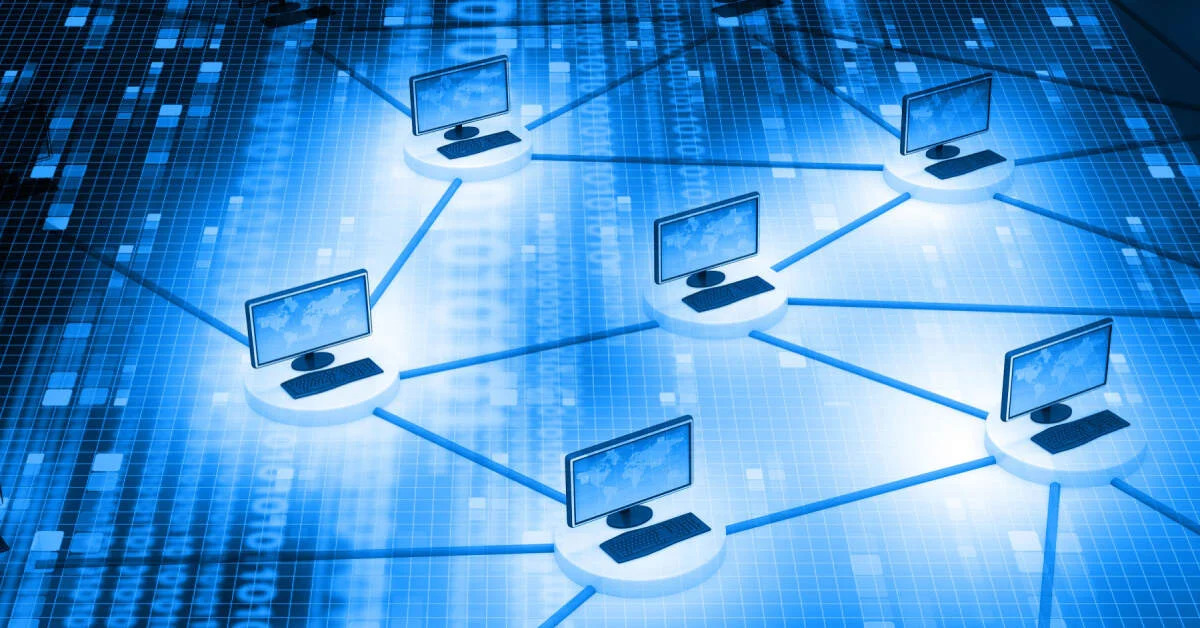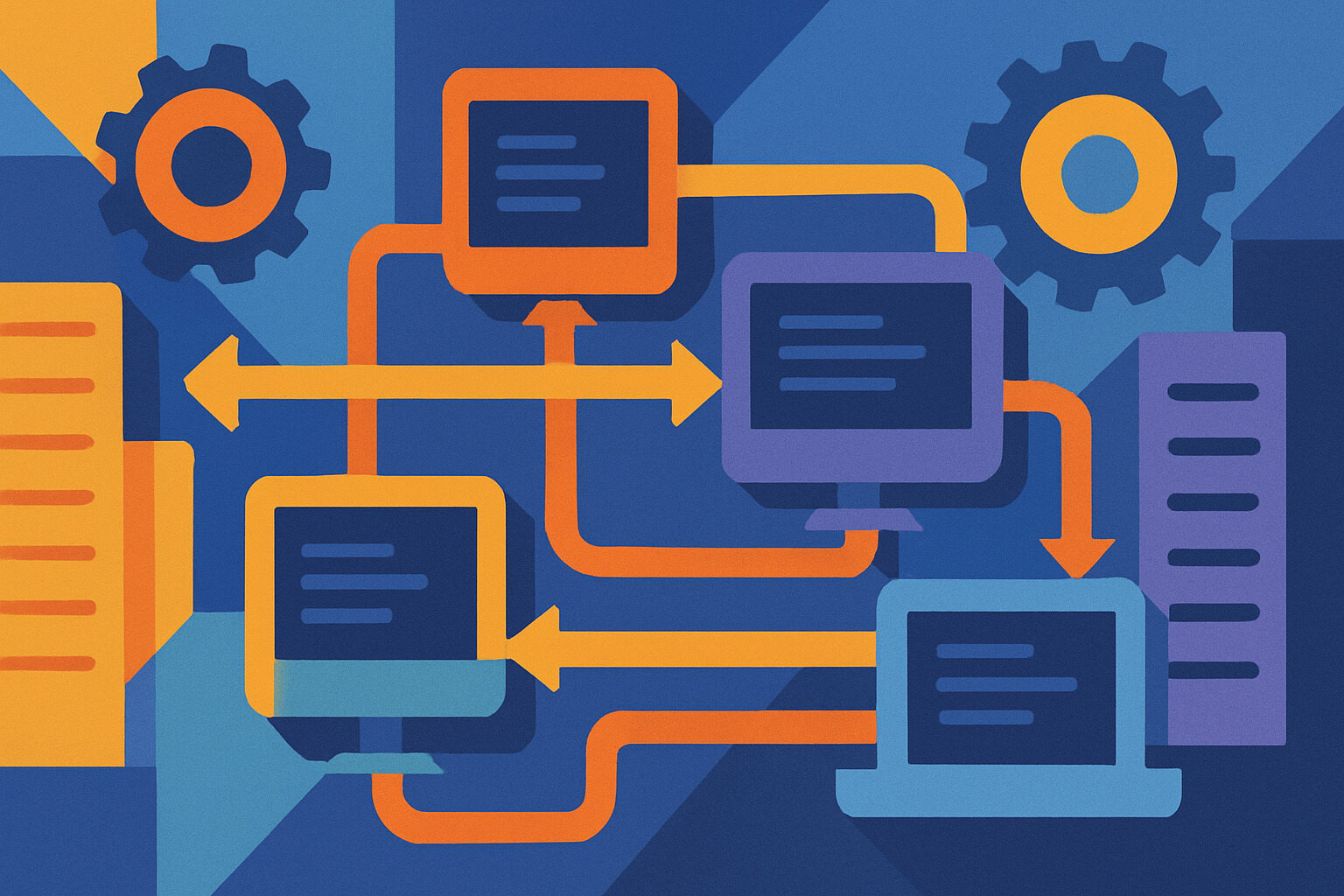Recognizing the Importance of Grid Computing
Recognizing the significance of grid computing means understanding how it transforms modern digital infrastructure. Instead of relying on a single powerful computer, grid computing connects multiple machines—called nodes—across various locations to share data, storage, and processing power. This approach boosts efficiency, scalability, and cost-effectiveness, making it a cornerstone in the age of big data and cloud-based operations.
The benefits of grid computing are especially evident in industries that demand high-performance computing, such as scientific research, financial modeling, and large-scale simulations. By distributing tasks across many systems, users can complete complex workloads faster while optimizing resource use. However, as grids grow larger and more complex, new obstacles arise that can affect reliability and performance.
For organizations to fully benefit from grid computing, they must also be prepared to face its challenges. Issues like resource allocation, security, data consistency, and compatibility can hinder performance if not managed properly. This article delves into these common problems and offers practical strategies for building a more resilient and efficient grid environment.
Issues with Resource Allocation and Load Balancing
One of the primary challenges in grid computing is the efficient distribution of resources. In a large grid system, there are many nodes, and not all of them have the same capabilities or availability. This can lead to bottlenecks, where some nodes are overloaded while others remain underutilized.
Load balancing is the key solution. With the help of smart schedulers and algorithms, tasks can be matched with nodes that have adequate resources. Using historical performance data can also help determine the most suitable nodes for each job.
Proper resource management leads to faster task completion and improved system efficiency. It’s a crucial step toward building a more stable and reliable distributed computing environment.
Security and Access Control
Because grid computing is composed of nodes from various locations, it is often a target for cyberattacks and data breaches. Without proper security, there is a risk that sensitive data being transmitted through the grid could be intercepted or tampered with.
To maintain security, encrypting all data transmissions is a must. In addition, robust access control ensures that only authorized users can interact with the system. Multi-factor authentication is commonly used to protect grid environments.
Clear security policies and consistent monitoring are essential to maintaining trust in the system—especially in sectors like healthcare and finance, where data sensitivity is paramount.
Heterogeneous Devices and Platform Compatibility
Since grid systems are made up of different types of computers and operating systems, compatibility issues often arise. Some tasks may not run efficiently—or at all—on certain devices due to architectural differences.
Using standardized protocols and middleware can help bridge these differences. Middleware acts as a translator between platforms, allowing them to communicate and function smoothly despite variations. This reduces errors and simplifies integration.
Virtualization and containerization also make it easier to deploy applications across diverse nodes, adding flexibility and expanding the range of devices that can be included in the grid.
Data Management and Consistency
Grid computing often requires simultaneous data access from multiple locations. This raises concerns about how to keep information consistent and up to date across the system.
Using distributed database systems can help ensure data consistency. These systems automatically trigger updates and synchronization when multiple users access or modify the data.
Caching and replication techniques also boost performance—but they must be carefully managed to avoid data conflicts and redundancy. This is where a strong data governance strategy becomes essential.
Latency and Network Bottlenecks
Fast data exchange is vital in grid computing, but network speed isn’t always reliable. When some parts of the grid experience slow connections, the entire process can suffer delays.
One solution is intelligent routing protocols, which reroute traffic to avoid overloaded paths. Deploying edge computing nodes closer to the data source can also reduce latency.
In remote areas, compression techniques and priority queuing can help maintain performance even when bandwidth is limited.
Maintenance and System Upgrades
Grid systems consist of numerous components, making maintenance a complex task. Upgrading or repairing one node can potentially affect the entire grid if not done carefully.
Rolling updates are often used to address this—allowing one node at a time to be updated without disrupting the system. Automated health checks also help detect problems early, reducing the risk of failure.
Well-executed maintenance increases system reliability and lowers the risk of downtime. As a result, user trust and satisfaction increase.
Managing Large Volumes of Tasks
Projects such as scientific simulations or climate modeling often require thousands of tasks to be processed in parallel. Without proper task management, this can lead to queue buildup or system crashes.
Task scheduling algorithms like First Come First Served (FCFS) or priority queues help organize task execution. This prevents resource conflicts and keeps the workload flowing smoothly.
Real-time monitoring also helps identify delays quickly so corrective action can be taken before problems escalate.
Integrating Legacy Systems
Many organizations still rely on legacy infrastructure that cannot be immediately replaced. Integrating these older systems with a modern grid setup often leads to compatibility issues.
API gateways and custom connectors can bridge the gap, enabling older systems to interact with newer environments. Rather than discarding legacy assets, integration tools can adapt them for continued use.
Proper integration allows for more cost-effective deployments and maximizes existing investments.
User Training and Technical Support
Managing a grid system requires technical knowledge, which makes user training another major challenge. Without the right skills, users may encounter frequent errors or misuse the system.
Providing regular training, tutorials, and clear documentation helps users feel more confident. When support is available, user engagement improves, and system errors decrease.
A skilled support team familiar with grid architecture is also vital for long-term success and system stability.
Building Sustainable Grid Environments
As demand for computing power grows, so does the energy consumption of grid systems. This calls for a sustainable, energy-efficient approach to system design and operation.
Energy-aware scheduling helps reduce power usage. Additionally, integrating renewable energy sources like solar and wind can make grid computing more environmentally friendly.
By aligning performance goals with sustainability, grid computing becomes both powerful and responsible.
Adapting for Long-Term Stability
As grid computing continues to expand, so do the challenges it faces. But with the right technology, thorough planning, and ongoing support, it’s possible to achieve high levels of efficiency and reliability.
Perfection isn’t required in every part of the grid. What matters is the willingness to adapt, innovate, and collaborate. In doing so, grid computing remains a crucial backbone of our data-driven world.



